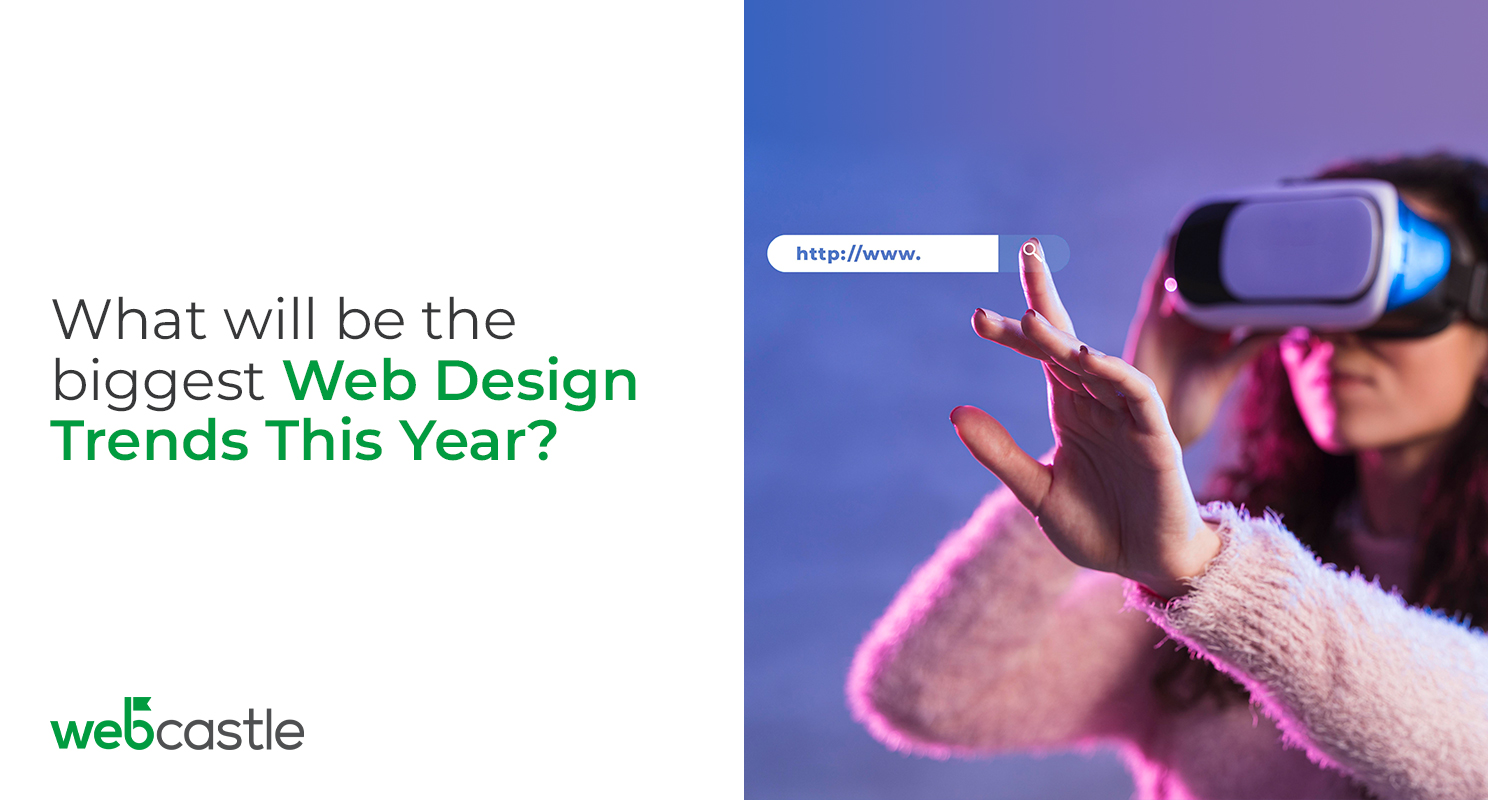
As the digital landscape continues to evolve, web design remains at the forefront of innovation, shaping the online experiences of users worldwide. With each passing year, new design trends emerge, challenging the status quo and pushing the boundaries of creativity and functionality. In this comprehensive exploration, we delve into the anticipated web design trends poised to dominate the online space in 2024, offering insights and inspiration for designers, developers, and businesses striving to stay ahead in the ever-evolving world of web design.
The convergence of technology and design has paved the way for immersive 3D experiences to take center stage in web design. In 2024, we anticipate a surge in websites incorporating three-dimensional elements to captivate visitors and enhance user engagement. From interactive 3D graphics to scrolling effects that create depth, designers are leveraging advanced technologies to bring websites to life, providing users with an immersive journey that goes beyond traditional flat design.
Dark mode has steadily gained popularity in recent years, and 2024 is expected to see its widespread adoption across a multitude of websites. Beyond its aesthetic appeal, dark mode offers functional benefits such as reduced eye strain and improved energy efficiency, particularly for users on devices with OLED screens. Web designers are exploring creative ways to implement dark mode seamlessly into their designs, offering users the option to toggle between light and dark themes.
In an era where sustainability is at the forefront of global consciousness, web designers are embracing minimalist and eco-friendly design principles. A focus on simplicity, clean lines, and reduced visual clutter not only enhances the user experience but also aligns with the growing demand for environmentally conscious practices. Expect to see websites prioritizing functionality over excess, emphasizing essential content and streamlined user interfaces.
As voice-activated technologies continue to evolve, web designers are integrating Voice User Interfaces (VUI) to facilitate seamless interaction between users and websites. In 2024, expect to see a surge in websites incorporating voice commands for navigation, search, and other functionalities. VUI not only enhances accessibility but also caters to the growing number of users leveraging voice-activated devices for their online activities.
Augmented Reality (AR) continues to push the boundaries of innovation, and in 2024, we anticipate its integration into web design to create seamless blends of digital and physical realities. From virtual try-on experiences for e-commerce websites to interactive AR storytelling, designers are leveraging AR to provide users with immersive and personalized online journeys.
Typography takes center stage in 2024, transcending its traditional role as static text on a webpage. Designers are infusing creativity into typography, using animations, variable fonts, and interactive elements to convey messages dynamically. Dynamic typography not only adds visual interest but also enhances storytelling and brand expression.
Neomorphic design, a modern iteration of skeuomorphism, is gaining traction in 2024. This design approach combines elements of realism and minimalism, creating interfaces that mimic the physical world while maintaining a clean and futuristic aesthetic. Neomorphic design adds depth and tactility to digital interfaces, providing users with visually appealing and intuitive interactions.
Also Read:How to Find a Good Software & Web Design Company in India?
Conclusion:
As we anticipate the web design trends that will dominate 2024, it is evident that the digital landscape is evolving towards more immersive, functional, and sustainable experiences. Designers and businesses looking to stay ahead must embrace these trends while staying true to the core principles of user experience and accessibility. By weaving creativity and innovation into the fabric of web design, the digital space in 2024 promises to be a dynamic canvas where websites not only showcase information but also provide captivating, interactive, and memorable experiences for users.

Call
